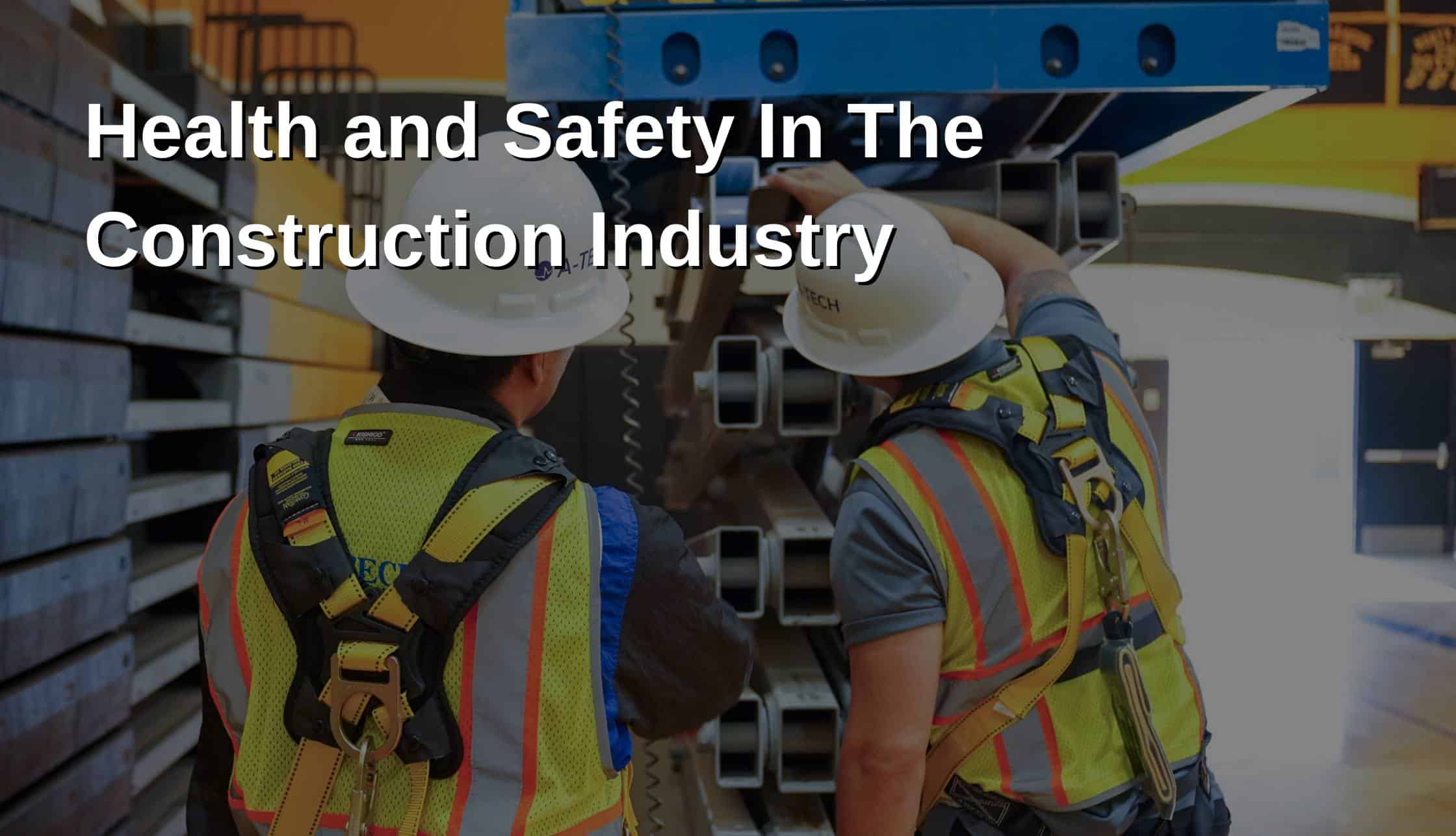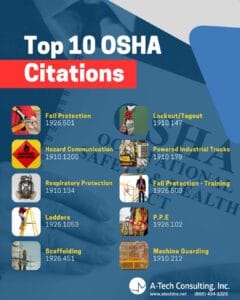
When it comes to the construction industry, safety should always be a top priority. With heavy machinery, hazardous materials, and challenging working conditions, it’s crucial to have robust building health and safety measures in place. In this blog post, we’ll explore the importance of health and safety in the construction industry and discuss some key strategies to ensure a safe working environment for all.
The Importance of Building Health and Safety
Construction sites can be dangerous places, with potential risks at every turn. From falls and electrical hazards to exposure to harmful substances, workers face a wide range of health and safety challenges. By prioritizing building health and safety, construction companies can:
- Protect the well-being of their employees
- Reduce the number of accidents and injuries
- Minimize downtime and project delays
- Enhance their reputation and attract skilled workers
Key Strategies for a Safe Construction Site
Creating a safe working environment requires a proactive approach and a commitment from everyone involved. Here are some essential strategies to implement:
1. Comprehensive Training
Proper training is crucial for all workers on a construction site. From operating machinery to handling hazardous materials, employees should receive thorough training on safety protocols and procedures. Regular refresher courses can also help reinforce good practices.
2. Clear Communication
Effective communication is essential for maintaining safety standards. Construction sites often involve multiple teams and contractors, so it’s vital to establish clear lines of communication. Regular safety meetings, toolbox talks, and signage can help ensure that everyone is aware of potential hazards and safety protocols.
3. Personal Protective Equipment (PPE)
Providing workers with the appropriate personal protective equipment is a fundamental aspect of construction site safety. Helmets, gloves, safety glasses, and high-visibility clothing are just a few examples of PPE that should be readily available and regularly inspected.
4. Regular Inspections and Maintenance
Regular inspections of the construction site and equipment are essential to identify and address potential safety hazards. From scaffolding to electrical systems, all equipment should be regularly maintained and inspected by qualified professionals.
5. Risk Assessment and Hazard Control
Conducting thorough risk assessments before starting any construction project can help identify potential hazards and develop appropriate control measures. By addressing risks early on, companies can prevent accidents and ensure the safety of their workers.
Conclusion
Health and safety should never be compromised in the construction industry. By prioritizing the well-being of workers and implementing robust safety measures, construction companies can create a safe and productive environment. Remember, safety is everyone’s responsibility, and by working together, we can build a brighter and safer future in the construction industry.
Click here for a list of Health and Safety Services A-Tech has to offer
For any other questions or concerns regarding Health and Safety, contact A-Tech today by clicking here.



